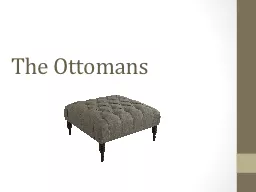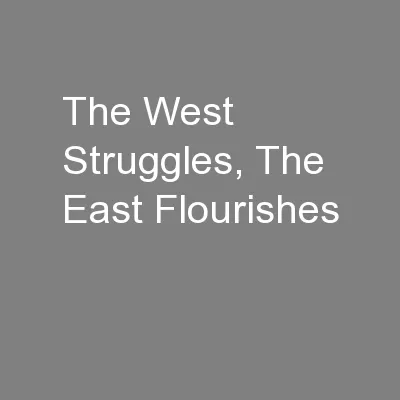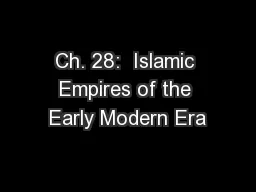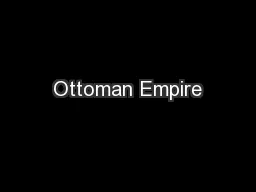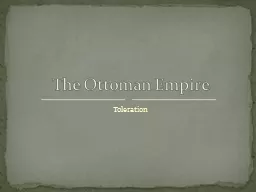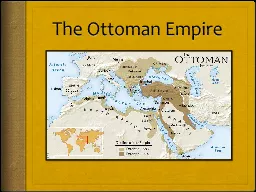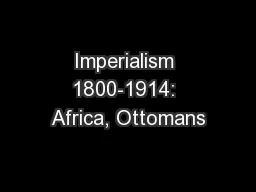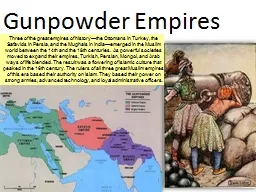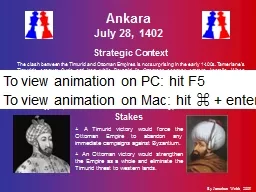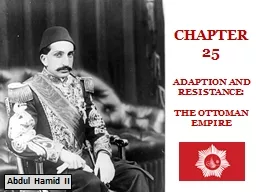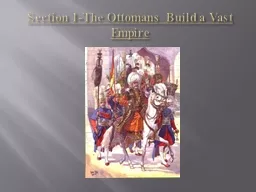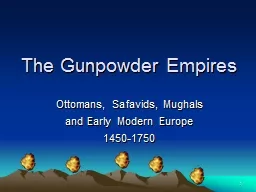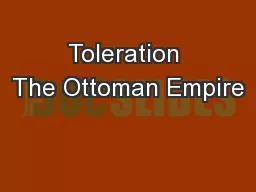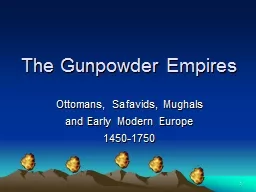PPT-The Ottomans
Author : olivia-moreira | Published Date : 2017-03-13
Maps can help sometimes Osman Successful Ghazi g Warrior for I slam Followers became the Ottomans Built Muslim state in modern day Turkey between 13001326 Cannons
Presentation Embed Code
Download Presentation
Download Presentation The PPT/PDF document "The Ottomans" is the property of its rightful owner. Permission is granted to download and print the materials on this website for personal, non-commercial use only, and to display it on your personal computer provided you do not modify the materials and that you retain all copyright notices contained in the materials. By downloading content from our website, you accept the terms of this agreement.
The Ottomans: Transcript
Download Rules Of Document
"The Ottomans"The content belongs to its owner. You may download and print it for personal use, without modification, and keep all copyright notices. By downloading, you agree to these terms.
Related Documents

